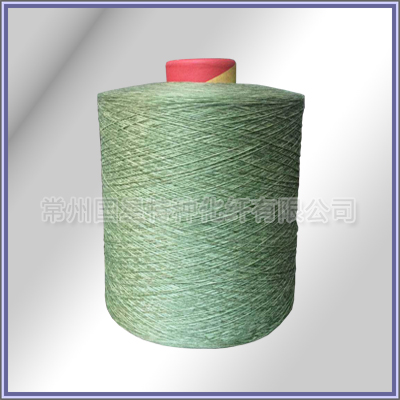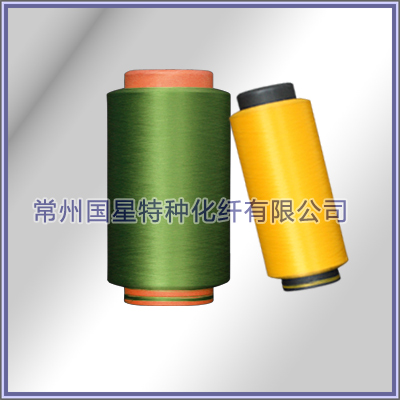Since the beginning of trade friction between China and the United States last year, seven rounds of talks have been held. The news of the two sides�� talks directly affected the trend of cotton prices at home and abroad. When the talks showed good news, the cotton price rebounded a lot, otherwise it returned to the shock and the downward trend. Is the outcome of the trade talks between China and the United States so important?
According to the analysis of China Cotton Network reporters, Sino-US trade negotiations have an important impact on the trend of cotton prices. First, the United States is China's largest textile and garment export destination; second, the development of cotton textile industry is inseparable from the improvement of the macro environment. Positive results, the market will certainly cause the market to have some concerns about the future development of China's economy. Of course, we should not place too much emphasis on the impact of Sino-US trade negotiations on cotton prices. It is also important to balance the supply and demand of cotton.
Some professionals believe that at this stage, we should not consider too much the impact of Sino-US trade negotiations on cotton prices. The success of the talks is related to whether cotton demand can be stabilized rather than whether it can be increased. With the increase of production costs, the cost advantage of China's cotton spinning and garment industry is gradually narrowing, and the share of the world's clothing market is also shrinking, and it is already an irreversible trend. From this point of view, the future cotton consumption should be at most stable, and it is not realistic to hope that the consumption will increase substantially. If the downstream is stable, pushing the upstream supply and demand side, as long as the increase in output is not conducive to the rise in cotton prices, especially in the short-term supply is sufficient, cotton prices are not difficult to rise.
As an expert said earlier, institutional economics will inevitably lead to what kind of policy will appear. Although the cotton subsidy policy cannot necessarily lead to an increase in the area of cotton planting in Xinjiang, there is no problem at least at least.
Of course, some people also said that after many rounds of tug-of-war between the Sino-US talks, the market has gradually become tired of its reflection, and it is expected that there will be no major accidents in the good results. This may lead the funds to gradually find new speculation points. Tracking the trend of Zheng cotton and the Sino-US negotiating node found that Zheng cotton's volatility was positively related to the outcome of the talks, and the correlation was close. However, from the recent trend, the two sides' movements were somewhat diverging and gradually returned to the fundamentals.
The reporter reviewed the downstream export data of China's textile and apparel in recent years, showing that China's export share is also falling. Since it is based on the annual statistics, the export data in the second half of 2018 has not been counted. It can be seen from the figure that the 2018 year is still stable, but the data from the second half is not beautiful.

 +86-519-86266888
+86-519-86266888 gxhx888@126.com
gxhx888@126.com



